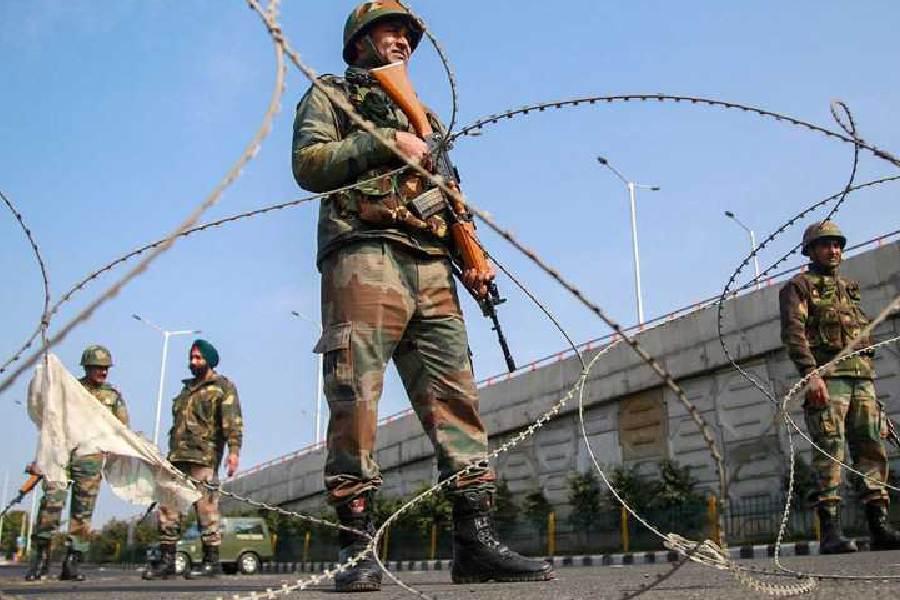Mizoram celebrated its 37th Statehood Day on Tuesday with mass prayers, seeking succour from recent developments over its border. A feeling of disquiet has been brewing along a section of the 1,643 km border that demarcates four northeastern states (Arunachal Pradesh, Nagaland, Manipur and Mizoram) from Myanmar. This month, the Union home minister, Amit Shah, announced that the border would be fenced and the existing free movement regime withdrawn.
The international border along the Northeast (with China, Myanmar and Bangladesh) has been a constant source of friction as well as a benediction for local residents. After the Centre’s decision, Mizoram’s lone Rajya Sabha member, K. Vanlalvena, wrote to Shah. “This wrongly demarcated border was never corrected but simply forced upon us as the new international border which remains till this day as a great injustice to our people,” he contended.
The chief minister of Mizoram, Lalduhoma, sounded upbeat that the FMR and fencing issues would be addressed. On Saturday, Lalduhoma said that he had met both the prime minister, Narendra Modi, and Shah in Delhi and expressed hope that Mizoram would be left out of the Centre’s fencing plan. “While the Union home minister did not explicitly confirm the abandonment of the border fencing or the retention of FMR, I am optimistic that the Indo-Myanmar border in Mizoram will not be fenced. I urge all stakeholders not to panic,” he said.
However, on Wednesday, the state’s NGO Coordination Committee organised a public gathering in Aizawl. It had sent a memorandum to Shah through the governor, urging him to reconsider both moves. It said India, as a signatory to the UN Declaration on the Rights of Indigenous Peoples, 2007, would assert the rights of indigenous people who are divided by international borders. At the end of the rally, it adopted a resolution to “challenge and resist” the Centre’s plans: “We express our strong dissent and protest against the recent decision to dismantle the FMR and establish border fencing along the Indo-Myanmar border by the government...”
Curiously, it was the Modi government that introduced the FMR as part of its Act East policy. As the NGOCC memorandum pointed out, “The FMR is a vital mechanism in maintaining the ethnic and cultural linkages between the Mizo people living on both sides of the border.” It added that ending the FMR and fencing the border would be detrimental to “these vital ethnic and cultural connections, disrupting the harmonious coexistence and cultural exchange that has been integral to the lives of the Mizo people living in both sides of the two neighbouring countries.”
Speaking on this cross-border bonding, the Aizawl-based professor, Joseph Lalfakzuala, a member of the Mizoram state boundary committee, explained: “There have been ethnic links in terms of identity, culture, language, religion. Besides, in the post-liberalization world, when unfettered movement, global markets and free trade are being promoted, it is disheartening to hear the intentions of the Centre.”
Ethnic ties hold the key to life and livelihood across borders in this region. In Tripura, for instance, most of the state’s border with Bangladesh is fenced. But there are enclaves in adverse possession, houses on the zero line, families whose farmland falls in the neighbouring country. They keep going in and out through border gates manned by BSF personnel or simply prance across the unfenced zone.
Territorial integrity or human rights? This dilemma continues to defy the mechanics of governance, triggering turbulence. While it is imperative to check unmitigated influx, arms smuggling, drug peddling and trafficking, the question of ethnic bonding is paramount. One hopes these hurdles will be surmounted, making Mizoram’s statehood celebrations more meaningful.











